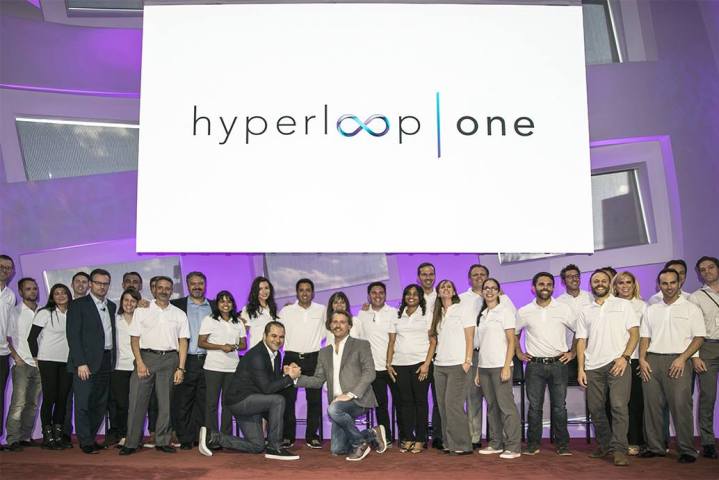
The new name? Hyperloop One, chosen because, as CEO Rob Lloyd explained at an event Tuesday afternoon announcing the change, “We believe this is the one company that can deliver Hyperloop first.” Hopefully HTT won’t hit back with a new name of its own like “Hyperloop the other One.”
The news comes the day before Hyperloop One’s first public “propulsion open-air test” in North Las Vegas, which is set to give those outside the project their first good look at the company’s electromagnetic propulsion system. HTT, in contrast, is developing propulsion technology using passive magnetic levitation.
Hyperloop One’s announcement also included the big news that the company has raised a useful $80 million in venture capital funding, and also formed key partnerships with a number of engineering and transportation companies, all of whom hope to make Elon Musk’s dream of a breathtakingly fast transportation system a reality.
Not up to speed with the Hyperloop? Put simply, it plans to use pods to carry passengers and cargo cross-country through tubes at speeds of more than 700 mph. But before we get too excited, keep in mind that this is a massively bold project that may not end up even leaving the station. Obstacles include creating the actual technology, as well as building a financially viable system.
The initial plan was to connect LA to San Francisco, with a Hyperloop journey expected to take just 35 minutes, a huge reduction in journey time over the current six-hour car ride. However, bureaucratic obstacles in the U.S. mean Hyperloop One is considering either Europe or Singapore for its first fully operational system, while HTT is focusing on Asia or the Middle East. Testing, however, will take place in the U.S., with both companies set to use special tracks for trial runs of their respective technologies.
The idea for Hyperloop came to SpaceX and Tesla CEO Elon Musk after he felt underwhelmed by California’s seemingly unambitious plan for a conventional high-speed rail system. Musk decided to pass development of the project to other companies – Hyperloop One and HTT are the main players – while his SpaceX team focuses on marketing the project and encouraging other interested firms to take it forward.


